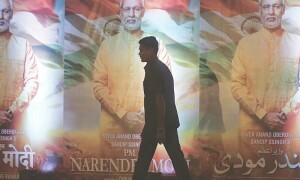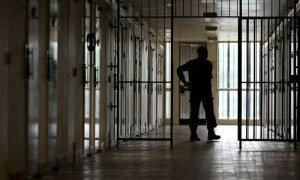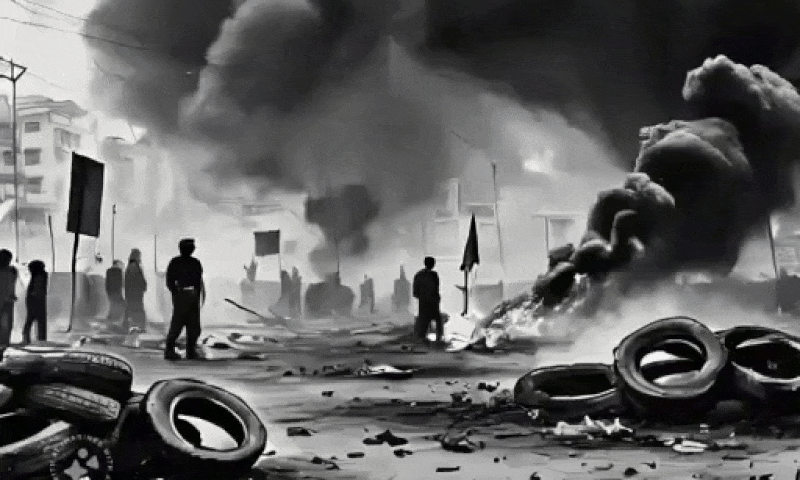THERE is no shortage of banned militant groups in Pakistan, and with the proscription of a heretofore largely unknown outfit called Khatam-ul-Ambia by the state, the grand total of such organisations comes to 77. According to the government, the aforementioned group is an offshoot of Ansarul Hussain, a Shia set-up reportedly formed to recruit fighters against the militant Islamic State group. Ansarul Hussain was itself proscribed in 2016, which illustrates the problem with the state’s approach to dealing with armed groups: the list of banned outfits grew largely because while the authorities have proscribed groups and detained or kept a watch on some of their prominent figures, it could do more to dismantle the structure that allows such groups to thrive. This has largely been the pattern ever since the first noticeable efforts against armed groups in the country were made during the Musharraf era.
Of course, the foundations for the infrastructure of militancy in Pakistan were laid during the Zia era, when anti-Soviet jihadi groups were patronised by the state, and supported by the US and the Saudis to do the needful in Afghanistan. A concomitant development during this period was the rise of anti-Shia hate groups such as Sipah-i-Sahaba Pakistan and its even deadlier offshoot, Lashkar-i-Jhangvi, which transformed into this country’s most feared sectarian death squad. This unsavoury situation gave rise to Shia vigilante groups, such as Sipah-i-Mohammad, and the 1990s and 2000s saw armed sectarian and jihadi groups multiply manifold, at one time posing a serious challenge to the writ of the state. Today, the list of banned groups is more varied, as it also features Baloch and Sindhi separatist outfits. While the changed geopolitical situation in the aftermath of 9/11 made Pervez Musharraf take action against some violent outfits, the general failed to take measures to totally uproot these groups. That is why banned groups remained active, mostly by changing names. As has been frequently stressed in these columns, action against violent actors needs to be holistic. Leaders and cadres of terrorist outfits need to be tried and convicted in court, while their financial and other assets must be seized to cut off sources of funding. While action has been taken to meet FATF requirements, and measures against militancy have weakened terrorist structures, stepping up its pace in this direction would be very much in Pakistan’s own interest.
Published in Dawn, August 25th, 2020












































